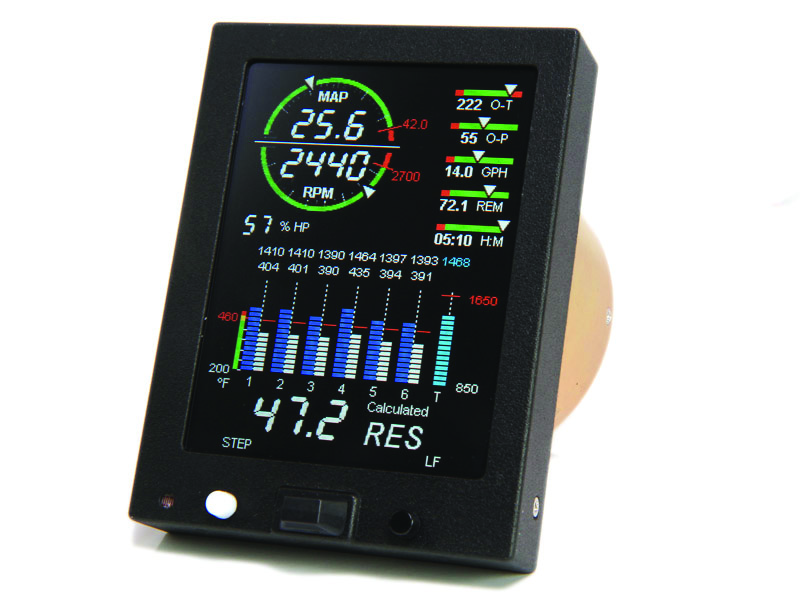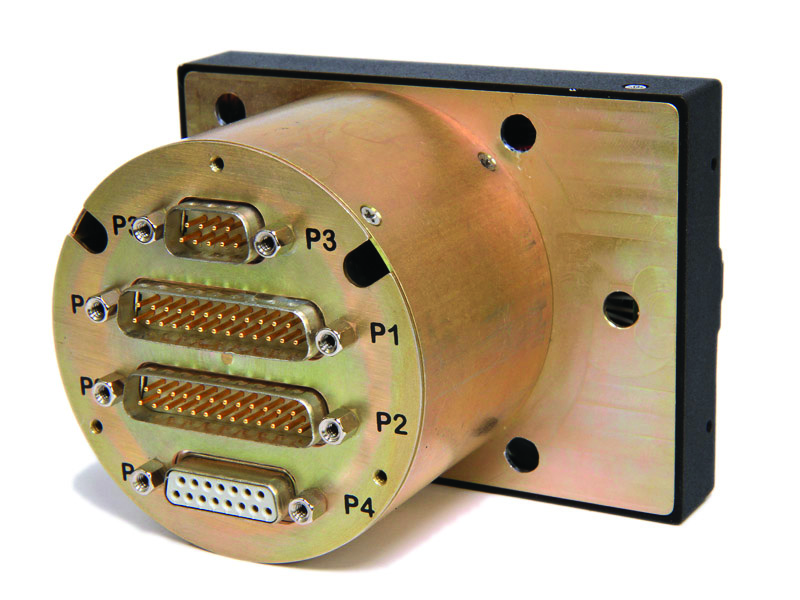What’s an avionics guy doing talking about personal minimums? It dawned on me that I discuss them with all my clients. Your personal minimums speak loudly to the way you plan to fly the aircraft and, therefore, the way the aircraft should be equipped. Be leery of any avionics shop that starts selling before asking you how you plan to fly the aircraft. I mentioned a shop in a recent article that denies the concept of “Light IFR” and advises clients that any plane that will venture into IFR must have the “best of the best.” I disagree!
I believe that pilots essentially have four potential “missions” when piloting a light aircraft: VFR, Light IFR, True IFR, and business flying and that you equip for that mission.
VFR
VFR is self-explanatory, I think. It means no weather of any consequence, relatively short cross-counties, lower altitudes, and lots of $100 hamburgers. This pilot needs only a good panel mount comm and a good portable GPS or iPad with ForeFlight or similar software. Certainly, my preference is the iPad over the portable, and there’s frequently a lot of landscape available in a VFR panel to allow the iPad to be installed securely in a better place than the yoke or suction-mounted to a window.
Most VFR pilots also need or could benefit from a Mode S transponder, but a UAT with a reliable Mode A/C transponder can do the job. The affordable uAvionix Beacons have been doing a good job for pilots in this scenario. Adding an ADS-B receiver is a personal choice. There’s that word “personal” again. An autopilot is a luxury, but an engine management unit is always a good idea, and I would add a PLB (personal locator beacon, under $500) to augment the aircraft’s older 121.5/243 ELT, if a 406 MHz ELT isn’t installed.
Light IFR
The fact is, most flying that a Light IFR pilot does is VFR. Most of my light IFR clients who are upgrading their panels for Light have personal minimums of 800 to 1,000 feet AGL. They have no plans to go anywhere near approaches to minimums, so installing dual Garmin GTNs or Avidyne IFDs makes no dollars and sense to me.
The Light IFR pilot needs a good WAAS GPS as primary. Built-in comm makes sense. They are often removing a legacy nav/comm with VOR only, so the comm must be replaced. A reliable legacy nav/comm with ILS can fill the backup role, but there isn’t much that’s reliable anymore, and most make no sense for a new installation, but some can stay and be addressed later.
The Mode S transponder makes more sense here, and ADS-B In is a must, as is an autopilot. A reliable legacy autopilot (which usually means one that’s been maintained) can work. And, if the budget allows, the ability to monitor CHT and EGT on all cylinders, to lean safely and monitor fuel flow, is on my minimum equipment list for Light IFR. The PLB also makes sense here.
True IFR
I kept calling this medium or hard IFR in my articles until a few years ago when my editor suggested “True” IFR, and I stuck with it. Pilots who fly True tend to fly IFR more frequently. In fact, they often file IFR in VFR conditions. I think Light IFR pilots should do more of this also, so, when they get into actual IFR, they are more comfortable with it. Certainly, there are degrees of True IFR, although they all include “approaches to minimums” on the menu at some point. But it still doesn’t suggest that the aircraft needs to be equipped with the “best of the best.”
Certainly, the integrated navigator makes sense here, and it’s not uncommon to see dual GTNs or IFDs in a True IFR panel. That simply gives the pilot the redundancy of dual GPS. That’s the nav option that’s most used today for not only enroute navigation but for approaches as well, so once you’ve planned an IFR flight with GPS as the primary nav, losing the GPS in weather and being forced to switch to VOR/ILS is, in a word, distracting.
Switching to GPS No. 2 keeps the flight plan intact. The True avionics panel suggests an audio panel with “True” features like a digital recorder and the ability to monitor both comms. ATC and ADS-B are handled with a Mode S ES transponder. The iPad with aviation software is standard equipment in a Light IFR panel, but it’s risky to depend on the iPad for information that’s critical to the flight (WX, traffic, etc.). In True IFR, this information should be available on a panel-mounted source, either a large format navigator like the GTN 750Xi or IFD540/550 MFD or EFIS display. Why do I suggest this? Today’s certified avionics are incredibly reliable, but the iPad suffers from points of failure you don’t see in panel-mount avionics. iPads get hot and can shut down and are dependent on batteries or an external USB charger.
I’m not suggesting that the iPad doesn’t belong in true IFR, but not as a “primary” source of information. It’s a great backup and a potential lifesaver in the event of a power failure. That’s the role the portable GPS used to have, but simply stated, the iPad with ForeFlight does it better. No offense to the other providers of aviation software, but I see constant updates coming from ForeFlight to their products and believe they’re at the top of the game. For example, ForeFlight recently announced the addition of “Runway Alert.” This release includes a feature that warns the crew of an aircraft on final approach if there’s an airplane on the runway to which they’re headed. It also warns the crew of the airplane on the runway that another one is headed their way. This is a response to the growing concern about runway incursions and a good example of what I referred to as “True IFR features.”
A True IFR panel should also have a sophisticated autopilot with features like a “Go Around” button and all the vertical features that make approaches that much simpler. Certainly, the new envelope protections we see in all the new digital autopilots is a game changer for True IFR. The Garmin GFC 500 autopilot is leading the pack.
It’s hard to justify a primary engine management system in a Light IFR platform (at $10,000 and up), but when flying in serious IFR, knowing the condition of your engine “right now” is basic and makes sense when the flying is True. I think JPI’s EDM 830 — which monitors most engine parameters in an advisory capacity — is the perfect compromise for the Light crowd. Your ELT should also be upgraded to a 406 MHz satellite-based unit.
The rest of this article can be seen only by paid members who are logged in.Have a website login already? Log in and start reading now.
Never created a website login before? Find your Customer Number (it’s on your mailing label) and register here.
JOIN HERE
Still have questions? Contact us here.






